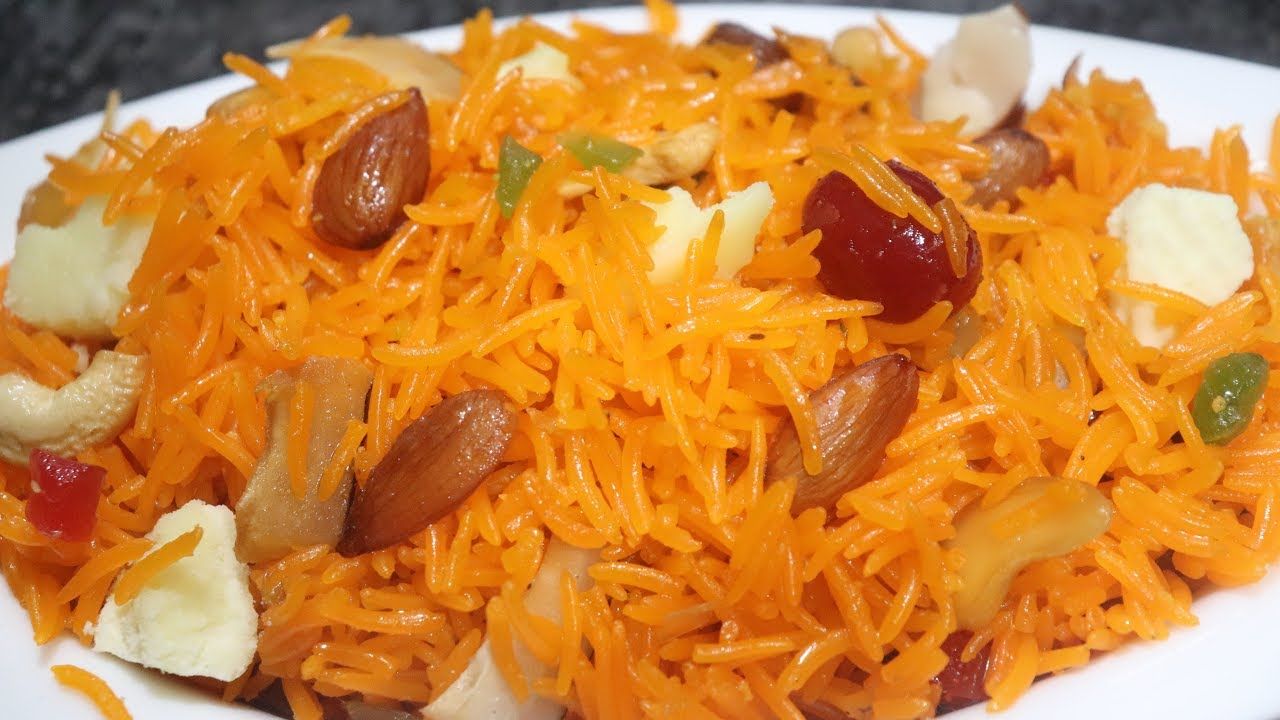
Its never a bad experience with the Boxed Halal shipments. You know they are coming on time and that they are top and prime. Jazakallah khair!
It’s so fresh! I love the portion sizes as well. One of the best salmon fillets I’ve had hands down! It’s a staple in our household!
Our turkey arrived well packaged and was delicious, very moist and flavorful. Would definitely purchase again and will be placing more orders in the future.

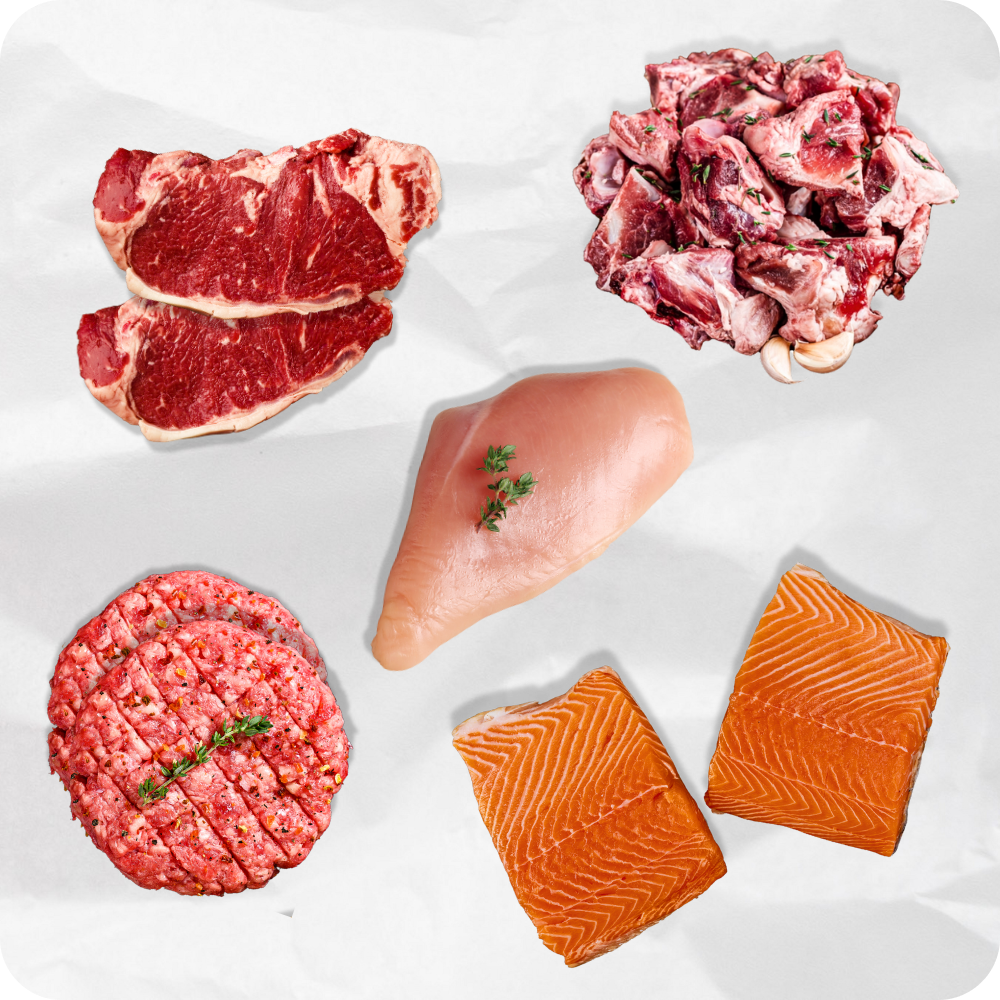
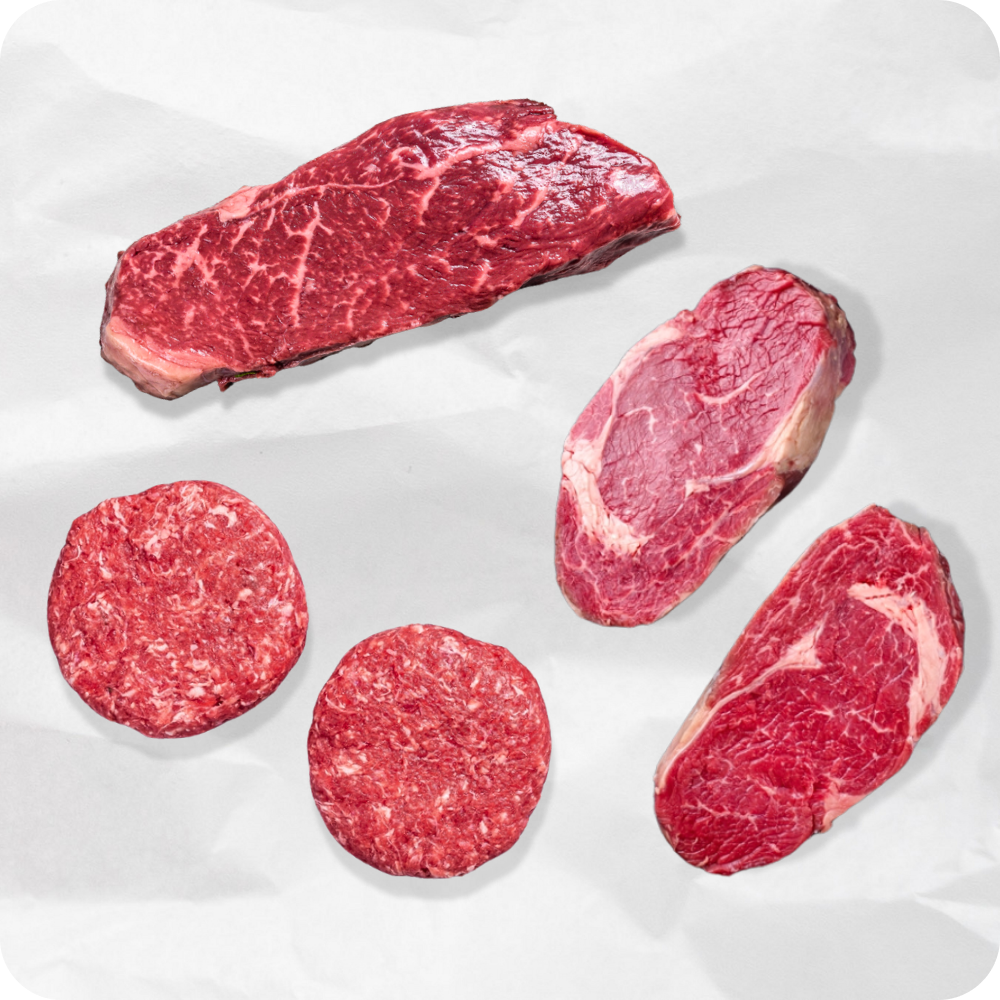
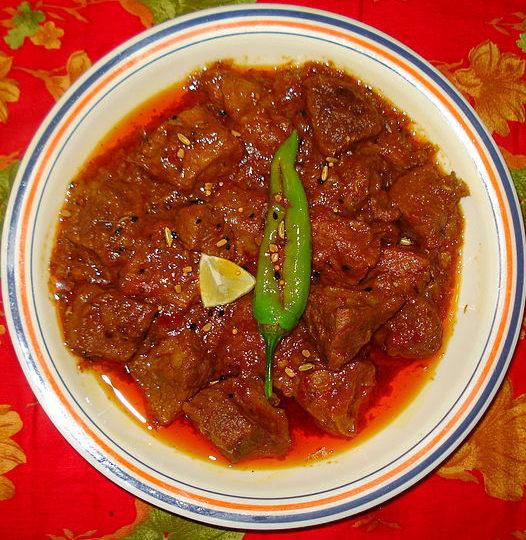
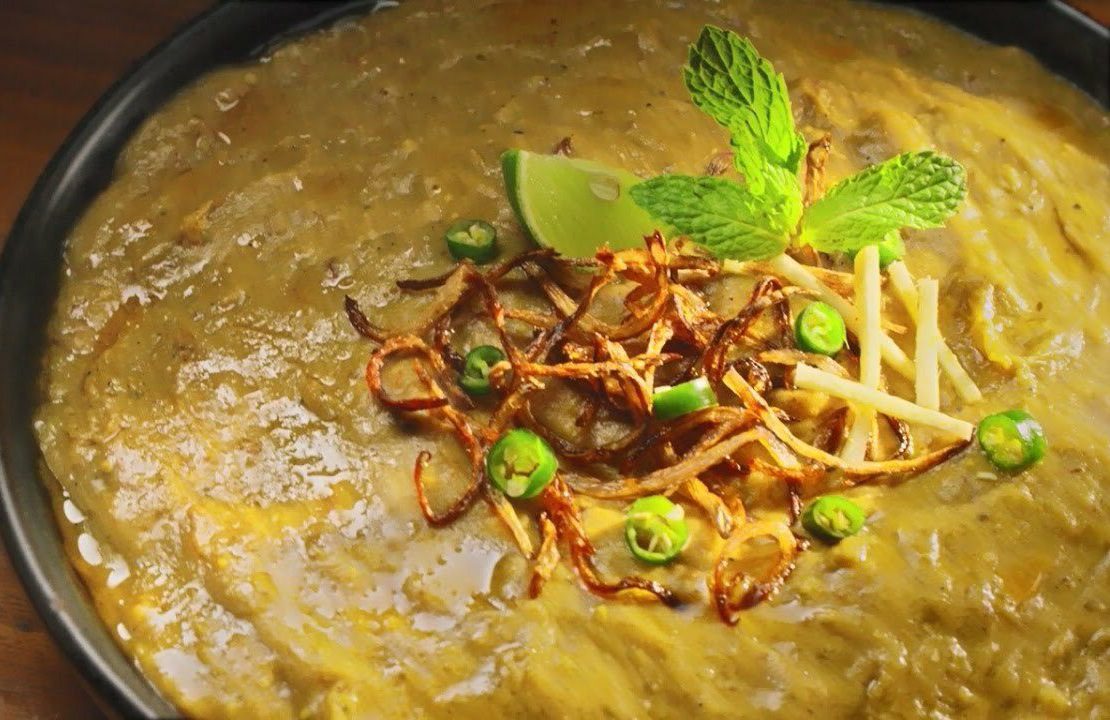
Leave a comment
This site is protected by hCaptcha and the hCaptcha Privacy Policy and Terms of Service apply.